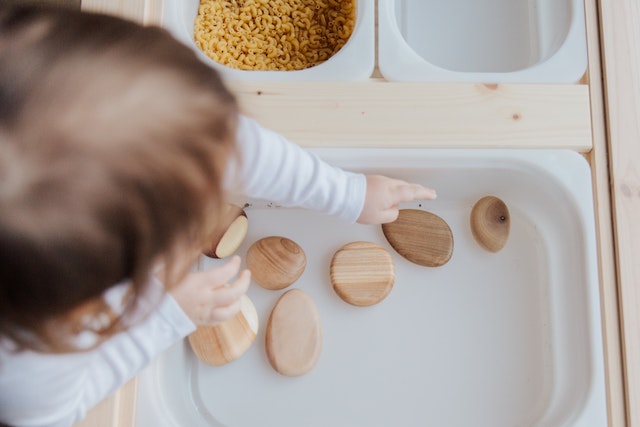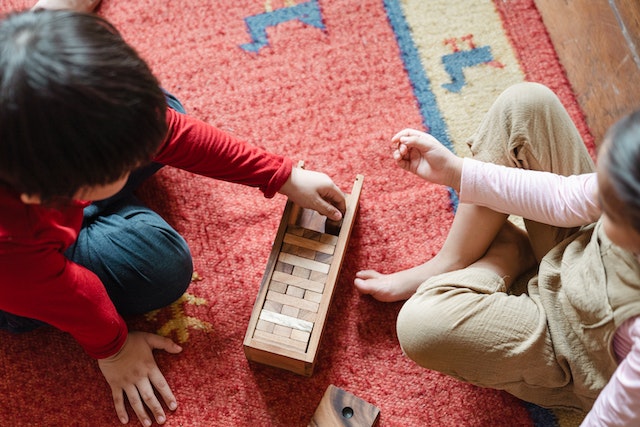The Benefits of Learning with Materials
Learning with materials is a hands-on approach to learning that uses physical objects to help children explore and learn. This approach is often used in conjunction with child-centric learning, as it allows children to learn through their senses and make connections between their experiences and the concepts they are learning.
There are many benefits to learning with materials. Some of the benefits include:
- Improved understanding: When children learn with materials, they are able to see, touch, and feel the concepts they are learning. This helps them to develop a better understanding of the concepts.
- Increased engagement: Children are more engaged when they are learning with materials. This is because they are actively involved in the learning process.
- Longer retention: Children are more likely to retain what they learn when they learn with materials. This is because they are able to make connections between the materials and their own experiences.
- Improved problem-solving skills: Learning with materials can help children develop their problem-solving skills. This is because they are often presented with challenges that they need to solve in order to complete an activity.
- Increased creativity: Learning with materials can help children develop their creativity. This is because they are able to use the materials in different ways to create their own solutions.
Sure, here is another blog post for a preschool, with a focus on the benefits of learning with materials:
Title: The Benefits of Learning with Materials
Introduction:
Learning with materials is a hands-on approach to learning that uses physical objects to help children explore and learn. This approach is often used in conjunction with child-centric learning, as it allows children to learn through their senses and make connections between their experiences and the concepts they are learning.
Body:
There are many benefits to learning with materials. Some of the benefits include:
- Improved understanding: When children learn with materials, they are able to see, touch, and feel the concepts they are learning. This helps them to develop a better understanding of the concepts.
- Increased engagement: Children are more engaged when they are learning with materials. This is because they are actively involved in the learning process.
- Longer retention: Children are more likely to retain what they learn when they learn with materials. This is because they are able to make connections between the materials and their own experiences.
- Improved problem-solving skills: Learning with materials can help children develop their problem-solving skills. This is because they are often presented with challenges that they need to solve in order to complete an activity.
- Increased creativity: Learning with materials can help children develop their creativity. This is because they are able to use the materials in different ways to create their own solutions.
Learning with materials is a valuable approach to learning that can benefit children in many ways. Parents and teachers can encourage learning with materials by providing children with a variety of materials to explore and use.
If you are looking for ways to encourage learning with materials in your child’s life, here are a few tips:
- Provide your child with a variety of materials, such as blocks, puzzles, and manipulatives.
- Set up learning centers where your child can choose activities that interest them.
- Encourage your child to explore and experiment with the materials.
- Be a play partner yourself and demonstrate how to use the materials.
Learning with materials is a fun and engaging way for children to learn. By providing children with opportunities to learn with materials, you can help them reach their full potential.
I hope this helps!



